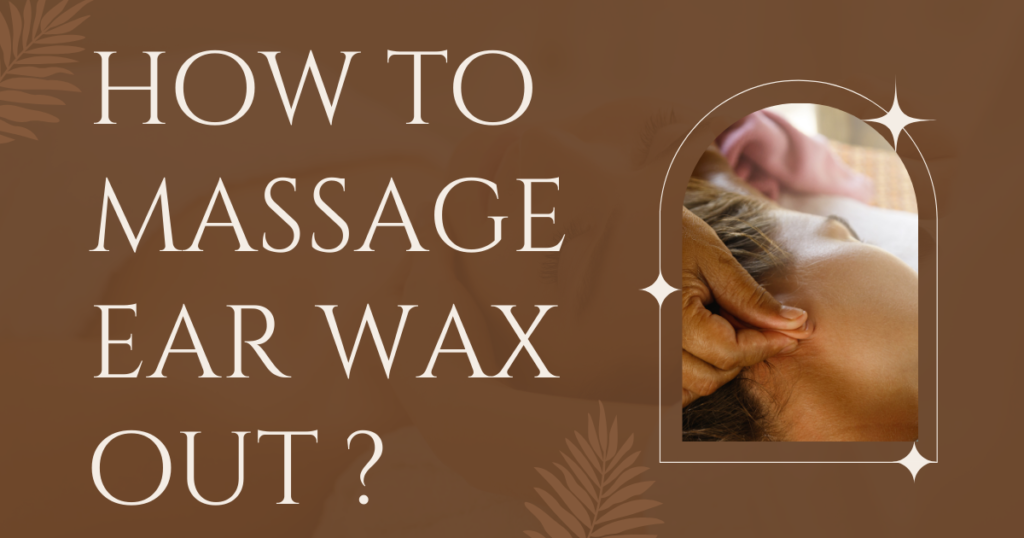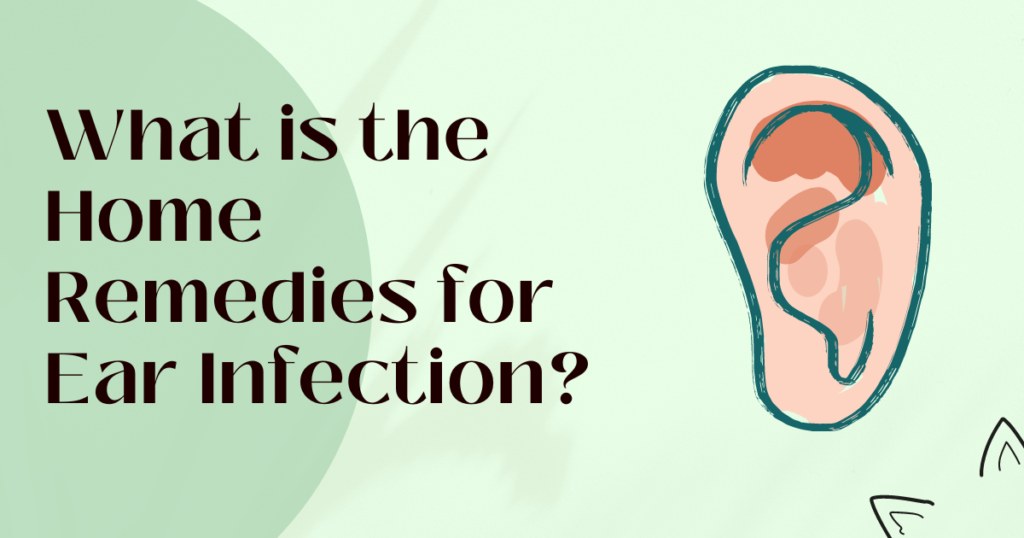Earwax, also known as cerumen, is a naturally occurring substance secreted by the body to safeguard the ear canal. However, excess ear wax can cause discomfort, hearing loss, and other issues. If you’re looking for a simple, non-invasive way to manage ear wax buildup, learning how to massage ear wax out can be effective. This guide will walk you through the process, including benefits, techniques, and additional tips for ear health.
Understanding Ear Wax
Ear wax is a mix of secretions from glands in the ear canal and dead skin cells. Its primary functions are to:
- Protect the Ear Canal: Earwax helps protect the ear by capturing dust, dirt, and debris.
- Moisturize the Ear Canal: Earwax helps maintain moisture and prevents discomfort by reducing dryness and itchiness.
- Prevent Infections: Earwax acts as a barrier by capturing dust, dirt, and foreign matter.
Why Massage Ear Wax?
Massaging ear wax helps by:
- Relieving Pressure: Excess ear wax can cause a sensation of fullness. Gentle massage can alleviate this.
- Encouraging Natural Removal: Massaging can help move ear wax towards the ear canal’s entrance for easier removal.
- Preventing Compaction: Regular massage can prevent wax from becoming too hard and compacted.
How to Massage Ear Wax Out
1. Gather Supplies
Before starting, you’ll need:
- Clean Hands: Always ensure your hands are clean to prevent introducing bacteria into the ear.
- Optional Warm Compress: For extra help in softening ear wax.
2. Prepare Your Environment
Find a peaceful, calming place where you can unwind. A calm environment can make the process more effective and less stressful.
3. Warm Up the Area
Gently warm the outer ear with your fingertips. This helps to soften the wax, making it easier to move. You can also use a warm compress to apply gentle heat to the ear.
4. Massage the Outer Ear
Use your index finger and thumb to apply gentle pressure around the outer ear. Start from the base of the ear and move in a circular motion. This technique helps to loosen the wax and encourages it to migrate towards the ear canal’s entrance.
5. Incorporate Light Tapping
Use the pads of your fingertips to lightly tap around the ear. This can help to dislodge and loosen wax that might be stuck. Avoid using excessive force; the tapping should be gentle.
6. Use a Warm Compress
If earwax is particularly stubborn, applying a warm compress can help. Soak a cloth in warm water, wring it out, and hold it against your ear for a few minutes. This will further soften the wax and make it easier to move.
7. Explore Additional Techniques
For enhanced effectiveness, you can try:
- Ear Flossing: Gently massage the area behind the ear and around the ear canal with your fingers to help release wax.
- Hydration: Drinking plenty of water can help keep ear wax soft and easier to manage.
8. Check for Discomfort
During the process, listen to your body. If you experience any pain or significant discomfort, stop the massage immediately. Pushing too hard or using improper techniques can harm your ear canal or eardrum.
When to Seek Professional Help
While ear wax massage is generally safe, it may not be suitable for everyone. Consult a healthcare professional if:
- You Have Persistent Symptoms: If ear wax buildup continues to cause issues despite regular massages.
- You Experience Pain: Any discomfort or pain during or after massage should be evaluated by a professional.
- You Have Pre-Existing Conditions: If you have a history of ear infections or other ear-related conditions, seek professional advice before attempting self-treatment.
Benefits of Regular Ear Wax Massage
Incorporating ear wax massage into your routine can offer several benefits:
- Prevents Blockages: Regular massage can help prevent the ear wax from becoming too hard and causing blockages.
- Reduces Discomfort: Frequent massages can alleviate the feeling of fullness and pressure in the ears.
- Promotes Ear Health: Gentle massage helps in maintaining overall ear health by preventing the accumulation of excessive ear wax.
Additional Tips for Ear Health
1. Maintain Ear Hygiene
Keep your ears clean, but avoid inserting objects like cotton swabs into the ear canal. These can push wax further in or cause damage.
2. Use Ear Drops
Over-the-counter ear drops can help soften earwax. Always follow the product instructions carefully.
3. Stay Hydrated
Proper hydration helps maintain the softness of ear wax, making it easier to manage and move.
4. Avoid Irritants
Stay away from irritants like excessive moisture or exposure to harsh chemicals that can affect ear health.
5. Regular Check-ups
Have regular ear check-ups with your healthcare provider to ensure there are no underlying issues.
Learning how to massage ear wax out is a practical way to manage ear wax buildup and maintain ear health. By following the steps outlined and incorporating regular ear hygiene practices, you can alleviate discomfort and prevent ear wax from becoming a problem. Pay attention to your body’s signals and consult a healthcare professional if necessary. With proper care and attention, you can keep your ears feeling their best.
FAQs
How often should I massage my ears?
Massage your ears as needed, but if you face regular issues, consider doing it once a week. If symptoms persist, consult a professional.
Is it safe to use ear wax removal products?
Ear wax removal products can be effective but should be used cautiously. Always follow instructions and consult with a healthcare provider if you have concerns.
Can ear wax massages cause harm?
When performed gently, ear wax massages are generally safe. If you experience pain or discomfort, discontinue the massage and seek professional advice.
How can I prevent ear wax buildup?
Regular ear hygiene, gentle massages, and avoiding objects in the ear canal can help prevent ear wax buildup.
This comprehensive guide on how to massage ear wax out provides practical advice and techniques for managing ear wax buildup effectively. By following these steps, you can keep your ears healthy and comfortable.



